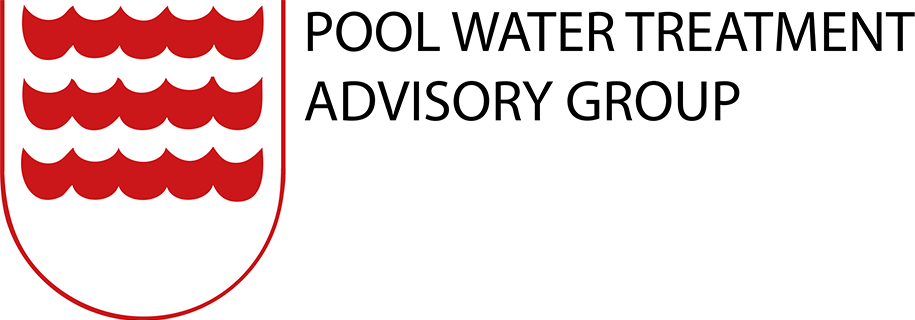A swimming pool without a full time, on-site qualified, trained and competent technical operator (SPTO) should have an On-site Designated Supervisor (ODS).
This supervisor should be capable of testing the water quality as required by the PWTAG Code of Practice and know how to make adjustments as needed to maintain water quality as specified in the Code of Practice.
They should also be knowledgeable and competent regarding the operation of the facility in terms as required in the pool’s PSOP for both normal and emergency action plans.
The principal aim is to operate plant to maintain the quality of the water and take emergency action.
On-Site Designated Supervisor Training
This information below sets out the necessary elements for the training of On-site Designated Supervisors (ODS) to PWTAG standards.
The PWTAG Code of Practice is the core document, backed up by the PWTAG book, Swimming Pool Water: treatment and quality standards for pools and spas, the PWTAG Code of Practice and PWTAG updates on www.pwtag.org.
People studying for PWTAG-approved ODS qualification should be able to understand and where appropriate demonstrate a practical ability of the following:
Pollution from bathers – understand the main sources from people:
- skin scales, sweat, urine, mucus from the nose and chest, saliva, hair, faecal matter, cosmetics, suntan lotion.
Pollution not from bathers:
- understand other pollution for indoor and outdoor pools – dust, floating debris, grass, earth (soil/stones), precipitated chemicals, sand from filters, chemical ions produced by chemical reactions in water treatment.
Pre-swim hygiene: toilets and showers – the value of pre-swim hygiene
When not to swim – exclusion policies
Babies and toddlers – swim nappies and limitations
Know how to start up and close down the main pool circulation in the event of power failure; emergency action required
Monitor pool water circulation
Take action to ensure that in the event of pool circulation failure, all chemical dosing ceases
Check inlets and outlets to the pool for security and safety
a. Comparator and photometer, electronic meters, their test principles, advantages and disadvantages, the need for routine in house and external annual calibration and how to use the test equipment , labelling vials for each test, cleaning, using the correct tablets, never handling tablet, correct sample size
b. How to sample and test (including dilution testing) for:
Sampling Point
- From the pool at the weakest point
- 100-300 mm depth below surface
Main Parameters (minimum requirement)
- free chlorine/total bromine
- total and combined chlorine
- pH
- temperature
- total dissolved solids
Supplementary parameters (as required)
- cyanuric acid
- sulphate
- turbidity
c. Control Measures:
- testing frequency
- interpreting test results and remedial actions for all tests in b.
- PWTAG Code and recommended standards for all parameters tested in b.
- understanding breakpoint chlorination and effects of free chlorine on chloramines
- the consequences of free chlorine and chloramines being out or range
- pH value – effects on bathers and disinfection:
alkaline disinfectants – effect on pH
acidic disinfectants – effects on pH
as required:
- cyanuric acid its effect on chlorine release
- turbidity using the right meter
d. Documentation and record keeping and storing test results
- Records must be kept for a minimum of 5 years in accordance with COSHH
- The importance of a circular audit trail – recognition of parameter being out of spec, action taken and evidence to show it has been corrected
- The importance of supervisory sign off
Principles – key requirements when dosing chemicals
Components – the system design and infrastructure
Dosing practice – where, when and how
Bulk storage and day tanks
Hand dosing in emergencies
Diluting chemicals – how and when
Dissolving dry chemicals
Dose strength – ensuring the dosing strength
Calibration – checking the dosing rate
Circulation feeders – what they are and how they work in practice:
- trichlorinators
- brominators
- calcium hypochlorite feeders
CO2 installation and dosing requirements
Super-chlorination.
Know how to safely deal with a pool soiling
- solid faeces
- runny faeces
Demonstrate an awareness of the PWTAG Code of Practice and technical notes:
- procedure for medium-rate filters
- procedure for high-rate filters
- prevention
Know how to deal with blood or vomit in the pool water
Demonstrate an awareness of the PWTAG Code of Practice and Technical Notes.
Approved Trainers
To be PWTAG recognised the ODS qualification may only be delivered and assessed by a trainer who has met the criteria as a PWTAG SPTO Approved Trainer.
Assessment
The method and means of both delivery and assessment of the ODS qualification shall be set out by the prospective training organisation and included as part of their assessment to become PWTAG Approved Trainers.
Administration
The administration of delivering and assessing the ODS course and qualification shall accord with the requirements for PWTAG Approved Training providers.
